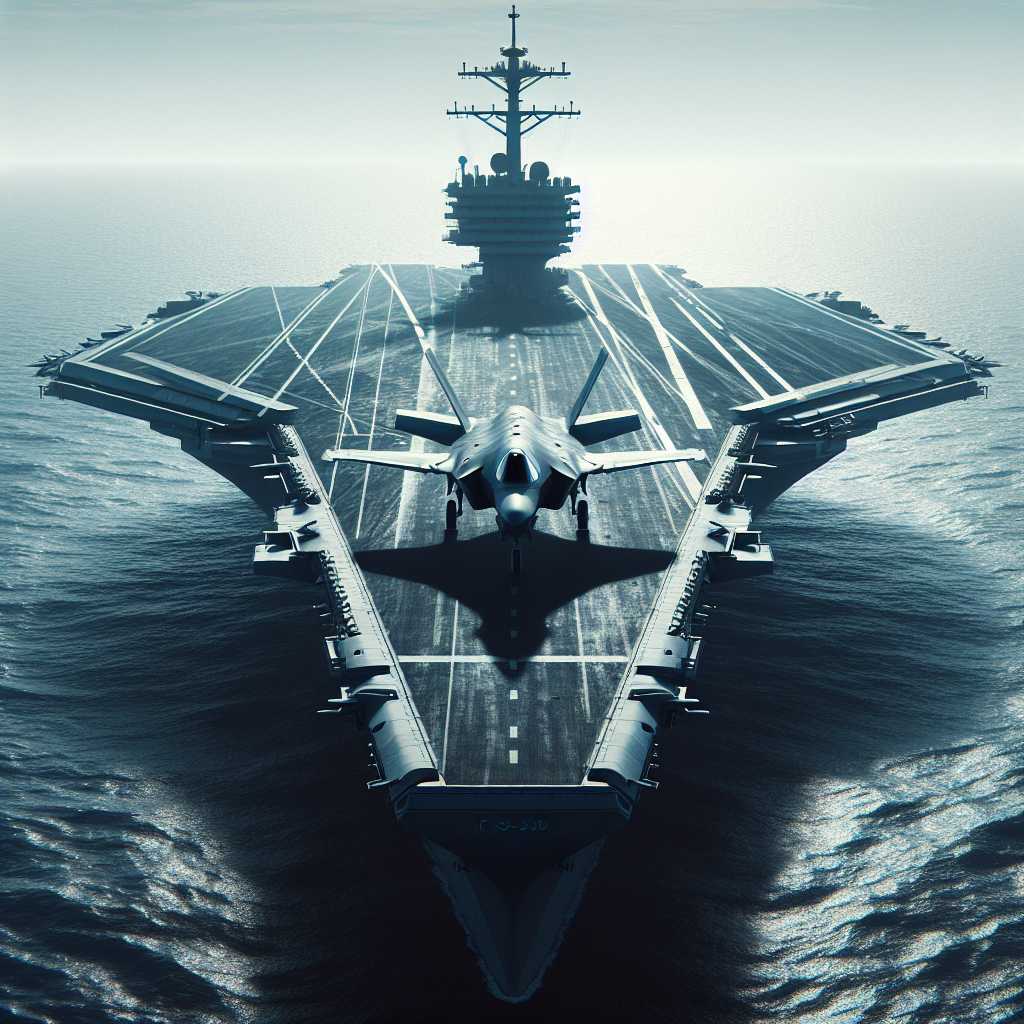The HMS Queen Elizabeth: A Look into the UK’s Leading Naval Vessel
The HMS Queen Elizabeth is one of the most advanced warships ever constructed for the British Royal Navy. As a lead ship of the Queen Elizabeth class of aircraft carriers, it represents a step-change in capability, heralding a new era for naval operations. This article delves deeply into its specifications, capabilities, operational history, and what it signifies for the United Kingdom’s maritime power.
Introduction to the HMS Queen Elizabeth
The HMS Queen Elizabeth aircraft carrier stands as the Royal Navy’s formidable vessel capable of projecting power across the globe. Named in honor of Queen Elizabeth I, it carries on the tradition of its historic namesake with cutting-edge technology and formidable presence.
With a price tag of around £3 billion, the ship was constructed as part of a greater defense strategy to secure British interests and maintain naval superiority. Its development heralds the modernization of the UK’s defense capabilities and reflects the country’s commitment to sustaining robust naval forces.
Design & Specifications
The vessel boasts an impressive size with a length of 280 meters and a displacement of 65,000 tonnes when fully equipped, making it one of the largest warships ever made for the Royal Navy. It features an innovative design including a ski-jump ramp at the bow to assist in short take-offs for fixed-wing aircraft.
One of the most striking aspects of its design is that it operates using two Rolls-Royce Marine Trent MT30 gas turbines alongside four diesel engines, allowing for a top speed upwards of 25 knots (around 46 kilometers per hour). The air wing can carry up to 40 aircraft, primarily composed of F-35B Lightning II stealth fighters and Merlin helicopters.
Advanced Capabilities
A defining trait of HMS Queen Elizabeth is its compatibility with Joint Strike Fighter jets which allows for flexible deployment in a range of military operations. Featuring automation and the newest weaponry, including Phalanx CIWS for anti-missile defense among other advanced systems, the carrier sets an industrial benchmark.
The ship’s capabilities extend beyond mere combat engagement; it accommodates a wide array of humanitarian and disaster relief activities as well. Its vast deck and large hangars enable it to host multiple helicopter types that can be instrumental in non-combatant evacuation operations and logistics delivery during relief efforts.
Operational History & Milestones
Since its commissioning into Royal Navy service in December 2017, HMS Queen Elizabeth has successfully participated in numerous large-scale exercises ranging from training drills to international shows of force that underline NATO integration and cooperation. It played a pivotal role during ‘Exercise Westlant’ which involved operational testing for its air wing, signaling full preparedness for global operations.
The carrier’s maiden operational deployment took place in 2021 conducting security duties in the Mediterranean, Indian Ocean, and Pacific regions. It acted as a hub for maritime security, defense diplomacy, and safeguarding trade routes demonstrating the UK’s interests worldwide.
Strategic Importance & Future Projections
The HMS Queen Elizabeth not only serves as an operational asset but also embodies Britain’s status as a world power. Facing geopolitical complexities like a resurgent Russia and rising Chinese maritime assertiveness, this platform exhibits UK’s resolve to engage in current security challenges while promoting international peace.
As geopolitical landscapes evolve with emerging technologies reshaping warfare concepts, adaptability will be crucial for this vessel’s long-term relevance. With plans for upgrades and continuous training procedures underway, HMS Queen Elizabeth aims to maintain tactical supremacy and operational effectiveness into the foreseeable future.
Notes
Image Description
An imposing broadside view of HMS Queen Elizabeth at sea with F-35B Lightning II jets visible on deck. The powerful silhouette stands against a vast ocean backdrop, reflecting the carrier’s position as a centrepiece of British naval power.
